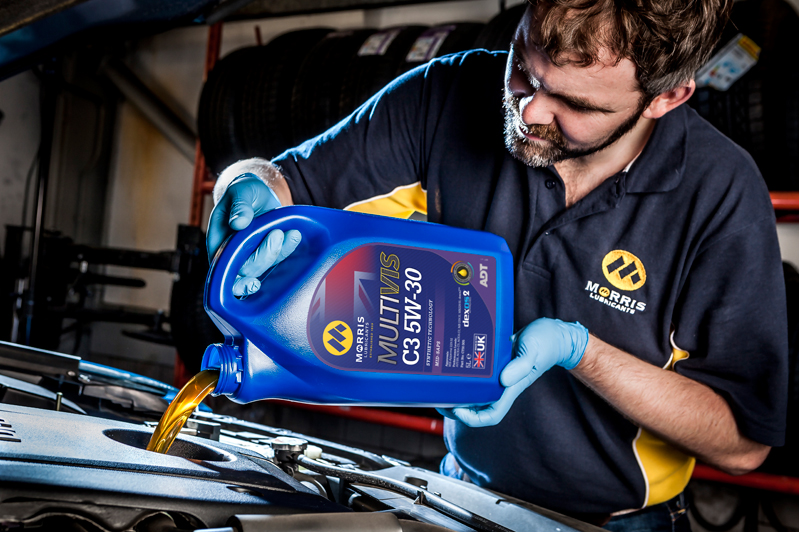
Adrian Hill, Morris Lubricants’ Automotive Product Manager, discusses the advice that motor factors should be giving to their garage customers so that they can help the driver to operate their vehicle safely.
Regular vehicle maintenance and routine servicing are bound to deliver a high level of reliability and maximum service life. When it comes to safety, a clear windscreen, correct tyre pressures and a fully operational braking and steering system are critical, and could save drivers from an accident, injury or worse, and save other road users from the same possible fate.
For windscreens, Morris recommends stocking a good quality screenwash at themaximum dilution rate of 50% (half water/half screenwash). A good screenwash will not only help clean the screen, removing all the mess that winter road surfaces throw up at the car – salt, mud, etc. – but will also stop the water in the mixture from freezing when temperatures start to plummet.
Garages should be sure to change brake fluid during a routine service. During these services, particularly whilst the bonnet is up, it’s worth checking the brake fluid level. If the fluid level has dropped below the minimum fill level, they should top it up with the correct fluid type, as is specified for that vehicle. This will ensure that the brake system will work effectively, especially if there are electronic controls fitted, such as ESP.
The power steering system also relies on the correct level of fluid to ensure both a positive and smooth operation; if the fluid within the power steering reservoir requires topping up, garages must make sure that the correct type of power steering fluid is added.

It is absolutely essential to maintain the correct fluid level and dilution strength of antifreeze/coolant mixtures in order to ensure that no internal damage occurs within the engine. When water freezes, it expands, and this is what causes the damage. A worst case scenario could be a cracked cylinder head or block.
Adhering to the vehicle manufacturer’s guidance, workshops must use the correct type of antifreeze/coolant, as well as the correct dilution rate, to ensure maximum frost and freezing protection. The latter is usually a 50:50 mixture, preferably with distilled or de-ionised water, to prevent the deposit of hard water salts.
Then, of course, there is the oil level. Ensuring that the oil level never falls below minimum, but is always maintained at the maximum mark on the dip stick, will provide the engine with the best operational environment. Checking the oil level should be standard practice in a regular maintenance regime.
Factors must ensure that their garage customers know to always follow the correct service interval guidelines for when the oil needs to be changed, as well as to always use an oil with the correct performance level, even for topping up. This will ensure that the engine and any after-treatment devices are protected fully, under all driving conditions and in all weathers.







